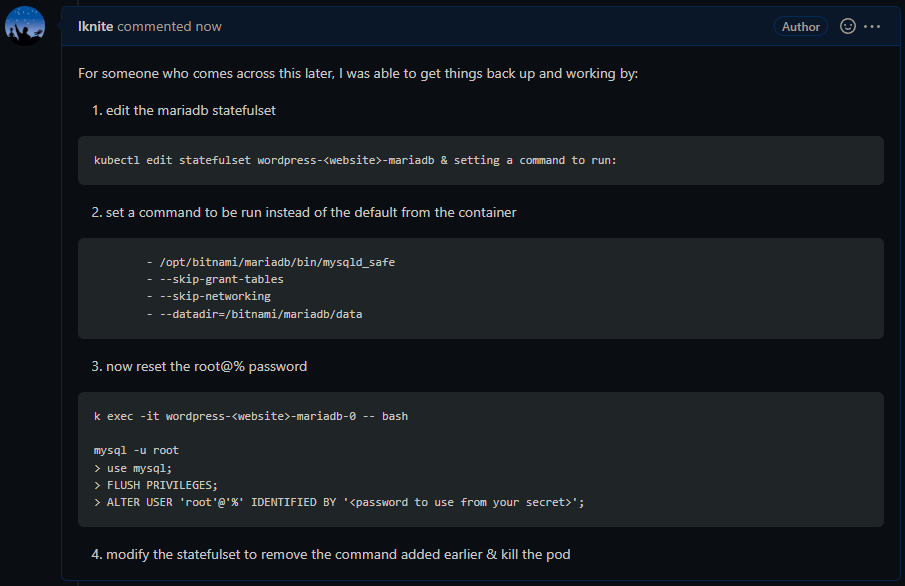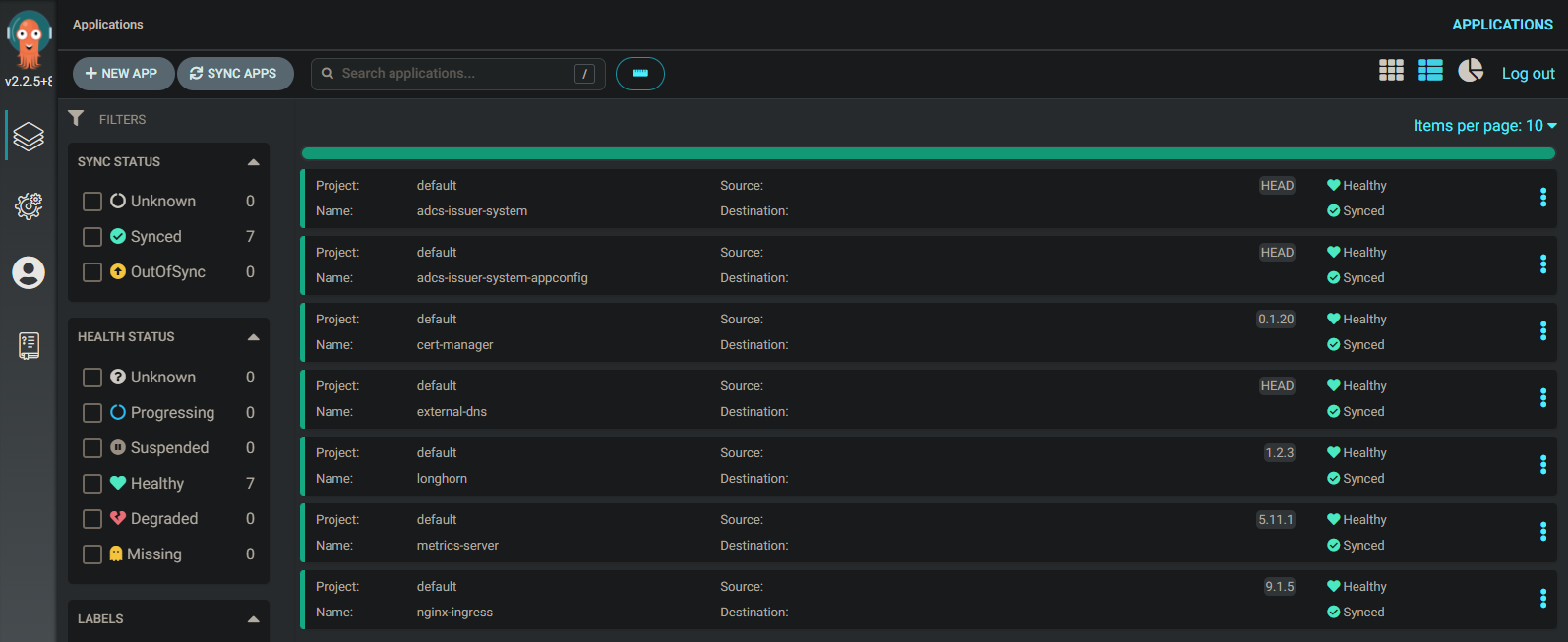One time, as a way to motivate a coworker who was working to learn scripting, I shared with him an algorithm to generate all possible string combinations given a string of possible characters. This, of course could be used potentially to try all possible passwords for nefarious means.
Within about 10 minutes I had a manager in the office, looking at the whiteboard, telling me they weren’t stupid, that they knew what all that was on the board and that I need to not be teaching the employees how to hack computers. I noticed a coworker sneaking out of the room trying to hide their laughter. I think we know who called the manager.
It still makes me laugh to this day. I suppose they weren’t completely wrong, but in my mind I figure if you tell someone to make every possible key possible for a type of car, and try them all, at some point you’ll get into that car. Is that teaching a master class on how to break into cars? I guess, but it sure isn’t efficient, master class it is not. However, as a fun script for someone new to scripting to use to learn with, it’s a fun algorithm to write.
Along those same “gray area” lines I share with you a goal to help motivate one to learn kubernetes. I’ll give you the exact steps necessary to make it happen. The goal is this: “Let’s put together a micro-services architected solution to help you keep track of movies or tv shows you’d like to get around to watching some day”. I used to use a physical notepad for this back in the day, then a notepad app on my phone, but modern days allow for modern solutions. No longer do you have to type the full name of a movie or tv show, you can now type a little and search for it, then when its found click on it to add it to your queue.
Here’s how to do it and the applications you’ll need (this is for an onprem setup, you are own your own if you are deploying apps the world is able to see from the internet, try not to do that):
- If you don’t know kubernetes sign up for the udemy class “Certified Kubernetes Administrator (CKA) with Practice Tests”, then go ahead and take the exam and get the CKA certification.
- Decide which extra computer you have laying around is to be your NAS, where your network storage will live, and install truenas core on it. Then configure iscsi to work with kubernetes provisioned storage. You’ll need to deploy democratic-csi into your cluster and install scsi-related utilities on to your worker nodes in the next step.
- Spin up a cluster using kubeadm then deploy Plex Media Server into your cluster. Plex is used to give a netflix-like experience around viewing your home media collection. I recommend the kube-plex helm chart and to deploy using gitops using argocd. kube-plex will deploy a pms instance that will spin up extra streaming processes on the fly, but I recommend disabling that feature in the values.yaml, to avoid any potential file locking issues… at least in the beginning. Also, instead of using a network share for your configuration setup taints and tolerances to direct the plex application to only spin up on one node, and use local storage there. (Plex tends to have database corruption when using network storage, go for it later if you want, but set yourself up for success initially.)
- Next deploy sonarr and radarr using the helm charts out at k8s-at-home, these are similar apps that work with tv and movies respectively. k8s-at-home is a cool group in that they have a common library among all their helm charts, so for example, if you wanted to setup a vpn on any particular application as a side pod you could, or using a single vpn pod that multiple pods can route through, or add an ingress, or mount an additional volume, etc.
- Now, you are done, you can browse to your sonarr and radarr installation and search for movies and tv shows you’d like to watch someday. Be sure to setup cert-manager and external-dns as well to register them in your local onprem dns and configure a valid certificate.
- You might also want to setup a vpn such as wireguard in your cluster as well as forwarding the needed vpn-related port through your router so that you can browse to these apps on your phone while you are out and about, that way, if you hear of a movie you want to queue up for later viewing you can do so in the moment.
- Interestingly, you can also click on Connect in both sonarr and radarr to configure your plex server for some reason.




